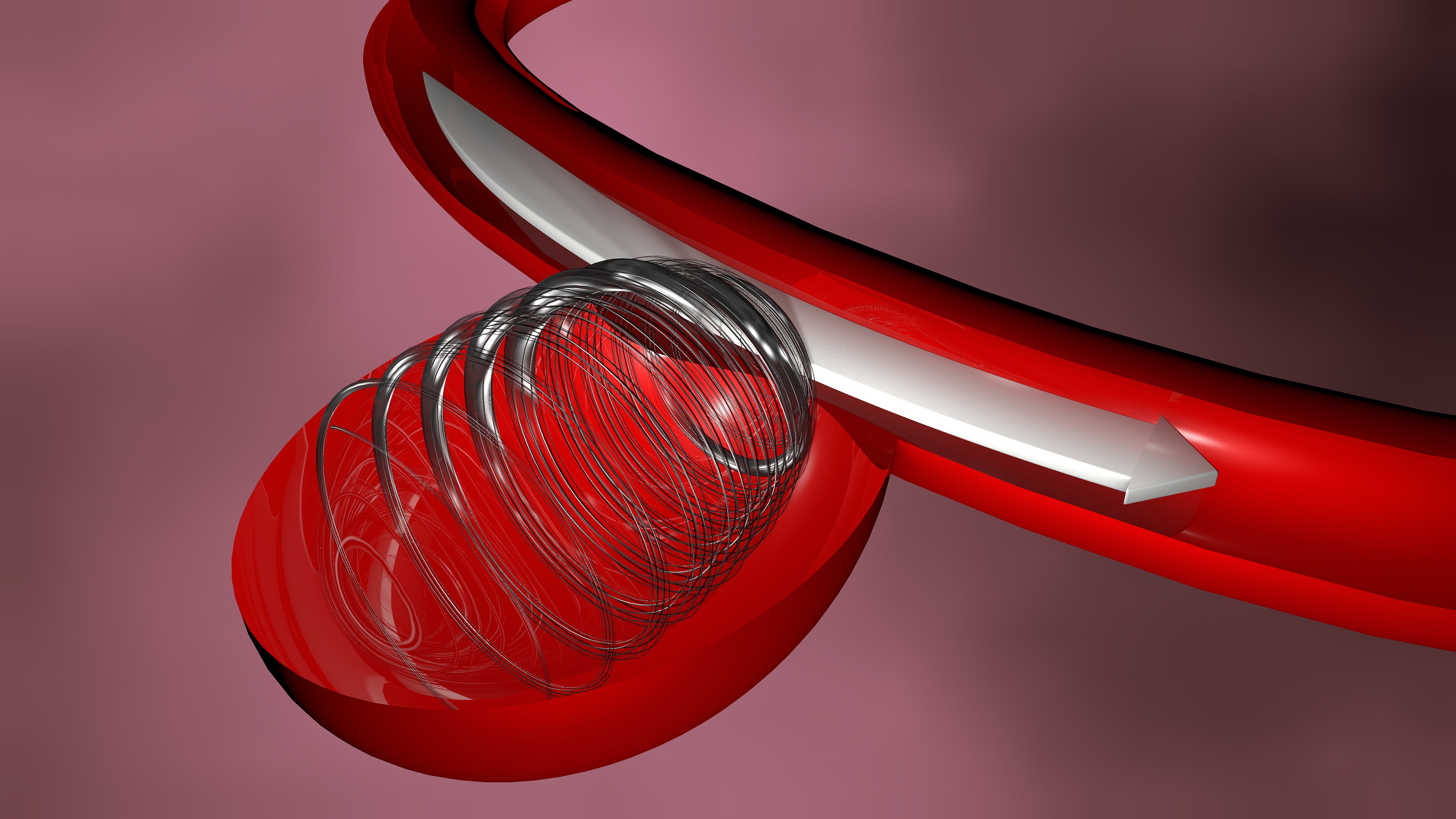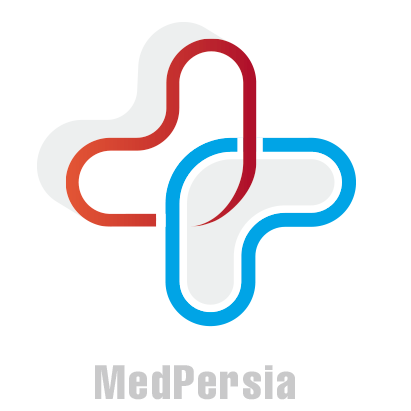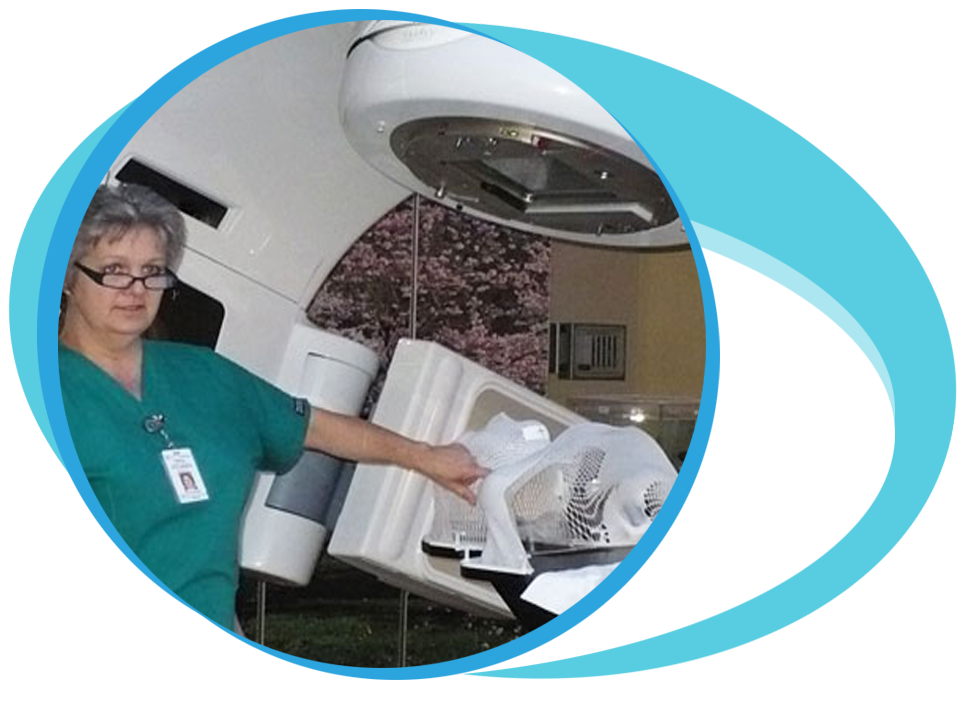Endovascular Embolization in Iran Details
What is the Endovascular treatment of aneurysms?
An alternative medical procedure for surgery, the Endovascular Embolization is a low-risk method for the treatment of a variety of conditions.
Endovascular Embolization is used to treat brain aneurysms, uterine fibroids, abnormal growth in the circulatory system, arteriovenous malformations, or excessive bleeding from the nose.
The neurosurgeon inserts a tiny catheter through the femoral artery into the brain vessels.
After that, the catheter is slowly guided into the aneurysm.
With the application of a low voltage current, soft platinum coils are deposited through this micro-catheter into the aneurysm.
Some of the other materials used during the procedure may include:
- Biologically inert glues which do not interact with the tissues
- Tiny plastic particles
- Foam
- Surgical balloons
An average of 5-6 coils is required to completely pack an aneurysm.
The soft platinum coils adapt to the shape of the aneurysm.
The procedure is done to prevent the blood flow to the aneurysm by filling it with coils and thrombus.
The process as such does not repair the area of the brain which are already injured.
A minimum of two-night stay is required after the Endovascular Embolization Treatment.
What are alternative names of Endovascular Embolization?
Endovascular Embolization is also known by several other names.
Some of these names, such as Coil Embolization; Cerebral aneurysm-endovascular;
Coiling-endovascular, Saccular aneurysm-endovascular, Berry aneurysm-endovascular repair;
Fusiform aneurysm repair-endovascular, Aneurysm repair-endovascular, alternatively used in the medical terminology.
Treatment
The method is not an open surgery procedure but, in fact, require very specialized training for its performance.
Most of the doctors who perform Endovascular Embolization are usually neuro-radiologists or neurosurgeons who have taken specialized training during their academic years.
Routine blood tests may be done during the pre-admission period.
After midnight, no food or drink can the patient.
On the day of the procedure, the patient is taken from the pre-admission area to the Neuro-angiography room where the procedure is done.
Endovascular Embolization is done under the general anesthesia.
After shaving your groin region, a catheter is threaded up a blood vessel from the patient’s groin, right up into the aneurysm.
Very tiny catheter, similar to the one used in cerebral angiography, is used.
It is stationed near the aneurysm and coils are inserted within the aneurysm to embolize it.
The duration of the treatment may vary, and if the doctor’s discretion does not allow it, the procedure may be discontinued.
The patient is observed overnight after being taken to the Neuro-surgical Intensive care unit.
The patients are usually advised to remain still and are laid on the straight bed to let the groin artery heal.
If everything goes well, the patients are then transferred to a neuroscience area and then discharged the following day.
Most of the patients must return for the follow-up, that involves angiogram or Magnetic Resonance Angiogram (MRA), usually performed several months after the treatment to confirm the stability of procedure.
What preparation is required for the treatment?
Endovascular Embolization is usually performed under emergencies.
In case a patient gets little time for the preparation, this is something he/she should do.
- Inform their doctor of any prescription they are taking. The prescriptions could be any and even include herbal medicines or aspirin.
- Inform the doctor of their alcohol-related habits.
- Curtail or stop smoking completely
- Refrain from eating and drinking anything at least eight hours before the treatment.
- Arrange for any relative or friend to drive them home after the procedure.
What are the risks involved in Endovascular Embolization Treatment?
The treatment generally does not involve any severe complications.
Some of the possible risks include stroke and other symptoms such as numbness, weakness in one arm or one leg, speech disturbances, tingling sensation, and visual problems.
Some other risks such as bleeding in the brain, bleeding at the site of the needle puncture, damage to the artery where the needle is inserted, infection, dislodged coil or balloon, etc. are also involved.
Serious complications like a stroke, a lung infection, heart attack, or death are rare.
The possible risks are discussed with the patient before the procedure is performed.
What is the prognosis after the treatment?
Recovery after the treatment depends upon the overall health of the patient and of course, on the severity of the medical condition.
The procedure is usually successful with little complications and good results.
Again, the prognosis depends upon the brain damage that occurred from bleeding before, during, and after the surgery.
What are the advantages of Endovascular Embolization Treatment?
Being an alternative procedure to surgery, Endovascular Embolization Treatment has leverage over and above the former.
The following advantages of the treatment can be mentioned below:
- Minimum invasion
- Little or no scarring
- Minimum chance of infection
- Quicker recovery time
- No or Occasional usage of general anesthesia
- The higher success rate as compared to other procedures
Disadvantages of Endovascular Embolization Treatment?
Although Endovascular Embolization has several advantages over traditional surgical method, there are disadvantages too, associated with the process.
Some disadvantages of the process can be listed below
- User-dependent success rate
- Not suitable for every patient
- Multiple sessions with the patient may be required
- Chances of having a stroke are present, although minimal









